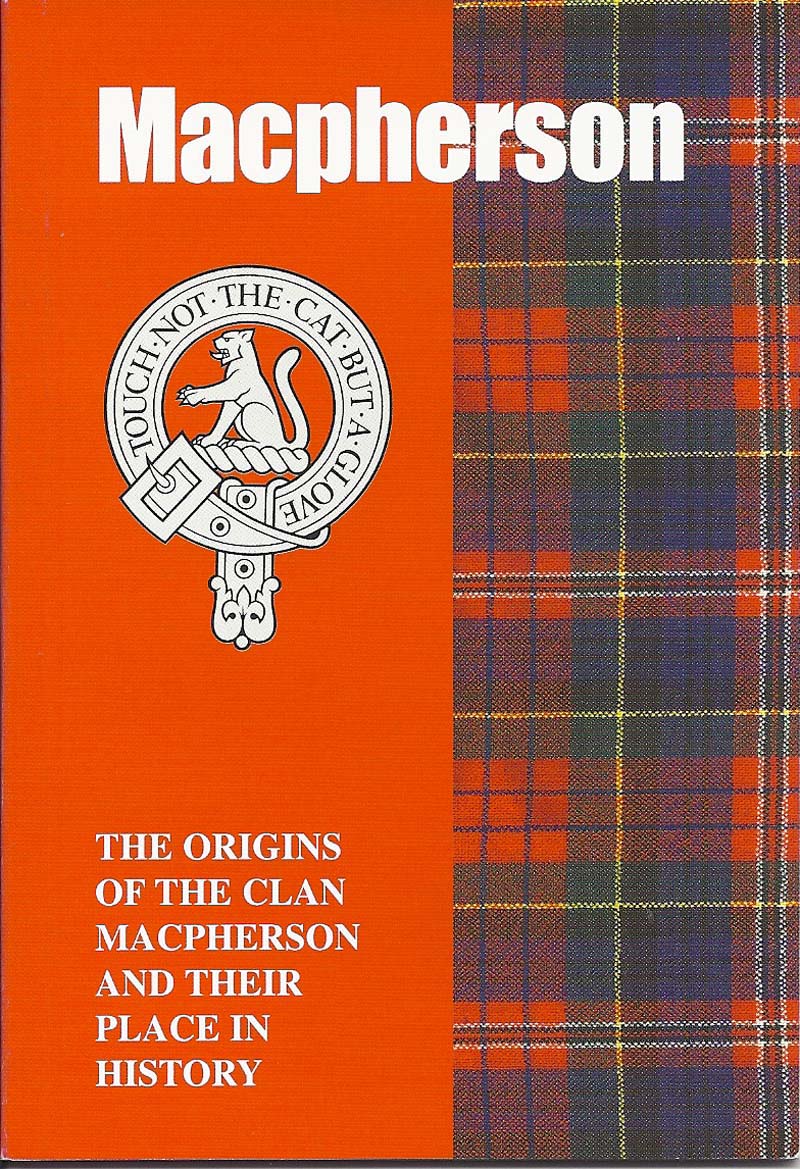
Extraordinary Scotland
As we visited, read the guide books and quizzed Wikipedia, the free encyclopedia, http://www.wikipedia.org/ , we ran across any number of unusual facts. While Scotland was full of surprises, and is drenched in history, some of these fascinated us, amused us, and generally were curious.
Here are some - many are duplicated from our Scotland pages:
_ _ _ _ _ _ _ _ _ _ _ _ _ _ _ _ _ _ _ _ _ _ _ _ _ _ _ _ _ _ _ _
At the Ballet of Bannockburn, King Edward I lead the largest army to ever leave England
The Blair Castle also provides the garrison for the Atholl Highlanders, the private army of the Duke of Atholl, noted as the only legal private army in Europe.
Although
the name Cawdor will forever connect Shakespeare's classic work Macbeth to
Cawdor Castle, the castle did not exist during the lifetimes of Macbeth or
Duncan, and the events of the play are almost wholly fictitious. The castle's
guidebook quotes the 5th Earl Cawdor (the 23rd Thane) as saying, presumably with
some irony, "I wish the Bard had never written his damned play!"
The
battle at Culloden Battlefield was the last pitched battle fought on British
soil.
Bayonet
drill innovations were said to have been developed to counter the "Highland
Charge". Each soldier would thrust at the enemy on his right—rather than
the one straight ahead—in order to bypass the targe of Highlanders.
Diana’s Grove Grand Fir on the grounds of Blair Castle, which has been measured at 206 feet, is the third tallest tree in the United Kingdom.
As
citizens of Edinburgh walk by, they spit on a heart shaped set of pavers
which are the site of the original steps of the jail.
John Knox, the man who founded the Presbyterian church, is buried under a paved parking lot behind a church - parking space number 23.
Back when Edinburgh was in its peak, "on a good day the waste was ankle deep - on a bad day, often knee deep." And because the city was a warren of close's and multi-storey living quarters, visitors would go directly to Merker Tower. There they would find boys with torches who would know where to find where you wanted go go and would carry your luggage. They were call Caddies. The word Caddy came from Edinburgh, NOT golf.
Dunvegan
Castle has been the seat of Clan MacLeod since the 13th century. It contains the
Fairy Flag and is reputed to have been inhabited by a single family for longer
than any other house in Scotland.
Loch Ness is the second largest Scottish loch by surface area at 21.8 square miles after Loch Lomond, but due to its great depth, it is the largest by volume. Its deepest point is 755 feet, deeper than any other loch except Loch Morar. It contains more fresh water than all the lakes in England and Wales combined
When Edward I of England carried off the Stone of Scone to Westminster Abby in 1296, the Coronation Chair that still stands in the abbey was specially made to fit over it.
The grounds of the Scone Palace were the birthplace of the Douglas-fir tree species, after being introduced by David Douglas.
Royal Highland Hotel's claim to fame is that its central stairway is an exact copy of the main stairway of the Titanic!
The Clan Gillespie is a Sept of the Clan Macpherson.
Are we members of Clan Gillespie? Don't know.
We've traced back to the first Gillespie related by genetcs,
but have not been able to find where he was from

The
markings were discovered in the decorations adorned in the ceiling of Stirling
Castle's Royal Palace.
Although
not a traditional score, the markings would have given guidance to players, who
then improvised in the same manner as modern jazz and blues musicians. The music
was found by a woodcarver, John Donaldson, who was commissioned by Historic
Scotland to create a series of replicas of the heads.
Mr
Donaldson found a sequence of '0's, 'I's and 'II's carved round the edge of head
number 20, which bears the image of a woman's face. He contacted Barnaby Brown,
a lecturer at the Royal Scottish Academy of Music and Drama, who specializes in
early Scottish music.
Mr.
Brown recognised the similarity of the sequence to rare Welsh notations, which
were previously thought to be the earliest markings of their kind in Britain. He
said: "Very little notation survives from these dynasties of players
because complex instrumental music was transmitted orally.
"These
numerals provide an exciting opportunity to explore what instrumental music may
have sounded like at Scotland's royal palace around 1540." He speculated
that the piece could have been specially composed for James V.
The
Battle of Stirling Bridge is depicted in the 1995 film Braveheart, but it bears
little resemblance to the real battle, there being no bridge (due mainly to the
difficulty of filming around the bridge itself) and the tactics resembling the
Battle of Banbnockburn. The main strategic events of the battle (but
obviously not the detail) are followed in Robyn Young's novel Requiem.
It
is near Urquhart Castle
that the majority of Nessie (Loch Ness Monster) sightings occur.
Edinburgh city hosts the annual Edinburgh Festival, a group of official and independent festivals held annually over about four weeks beginning in early August. The number of visitors attracted to Edinburgh for the Festival is roughly equal to the settled population of the city.